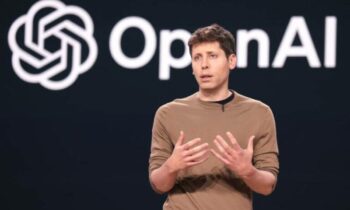
A new viral trend is taking over the internet — and it’s raising eyebrows for all the wrong reasons. OpenAI’s latest AI models, ChatGPT o3 and o4-mini, are being used to identify the location of photos using a method called “reverse image location search.” Users are uploading everyday images — street shots, restaurant facades, even selfies — and asking ChatGPT to guess where they were taken.
What’s impressive (and alarming) is that these new models don’t need metadata or EXIF information to deduce a location. Instead, they visually analyze the image, crop it, zoom in, enhance details, and “reason” through visual clues to guess specific landmarks, neighborhoods, or even businesses.
This AI-powered feature is so effective that people on social media platform X (formerly Twitter) are challenging ChatGPT to play GeoGuessr, the online game where players guess real-world locations from random street views. Surprisingly, the AI is winning — and fast.
GPT-4o vs o3: Smarter Than Ever
While o3 is at the center of the trend, even the previous model, GPT-4o, is capable of identifying locations with uncanny accuracy. In TechCrunch’s side-by-side tests, both models correctly identified places in the majority of cases, sometimes even beating one another in speed or accuracy.
One standout example? When shown a dimly-lit bar photo featuring a purple rhino head, o3 correctly identified it as a Williamsburg speakeasy — something GPT-4o failed to do.
A Growing Privacy Concern
As thrilling as this might be for tech enthusiasts and travelers, there’s a dark side: privacy and security. With no real restrictions in place, bad actors could potentially take screenshots from social media (like Instagram Stories) and use ChatGPT to reveal someone’s whereabouts — a form of potential digital doxxing.
OpenAI claims it has implemented safeguards to prevent misuse, like blocking the identification of private individuals or locations from sensitive photos. Still, the system isn’t perfect. The company admits it’s actively monitoring misuse and emphasizes that these models are designed to assist in areas like accessibility and emergency response, not to invade privacy.
The Future of Visual AI Needs Rules
As AI becomes more sophisticated in its ability to “see” and “understand” images, new ethical and safety concerns are emerging. Tools that can recognize places from minimal visual data may revolutionize research and rescue — but also open the door to abuse.
As the reverse location lookup trend gains momentum, the pressure is on tech companies like OpenAI to provide clear guidelines, stronger safeguards, and transparent policies to protect users from unintended harm.



